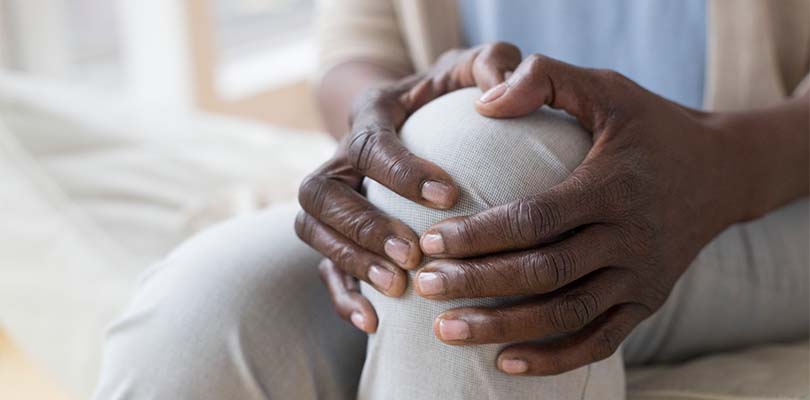How to Treat Knee Locking
Your knees are some of the most well-used and most important joints. They support the weight of your body and their flexibility enables us to walk, run, jump and do all sorts of other knee-bending activities. However, the knees do not always work as they are meant to. This article takes you through the basics of knee locking, including symptoms, the different types and treatment and prevention options.
What Are Locked Knees?
Knee locking is a condition in which a person has trouble moving their knee, whether it is because the joint itself is unable to move or because the body is experiencing a muscle spasm that stops the knee from moving. The primary symptom is the inability to move the knee. Depending on the cause, it may also be accompanied by pain.
Types of Knee Locking
This condition is a bit of an umbrella term that encompasses a few different conditions. There are two major types of locked knees with different underlying causes:
- Pseudo knee locking. As the name suggests, this is not a truly locked knee. This type is the result of a very painful muscle spasm. The spasm can be triggered by a variety of different causes, but the important characteristic of pseudo knee locking is that the knee joint is not actually prevented from moving, it just feels that way.
- True knee locking. This is when some sort of injury causes the knee to fully lock in place. This may be painful, but not always. In this case, the knee cannot move at all.
What Are the Main Causes?
The causes of locked knees can vary case to case, especially between pseudo and true knee locking. Some causes can be different than others:
- Knee injuries: fractures and dislocations are common causes of locked knees
- Inflammation: inflammatory conditions like tendonitis and bursitis can cause locked knees
- Plica syndrome: this is a condition that affects the tissue surrounding the knee joint. It generally comes with other symptoms in addition to knee locking.
- Patellar tracking disorder: this is a condition in which the kneecap does not move correctly
Human papillomavirus (HPV) is one of the most common sexually transmitted infections worldwide that affects both women and men.
True locking has its own set of possible causes. These include:
- Meniscus tears. The meniscus is a layer of cartilage that cushions the shinbone and the thighbone. Tears in the meniscus are a common cause of knee locking, and are usually accompanied by pain, stiffness and a popping sensation.
- Loose bodies. This is when a piece of bone breaks off into the knee joint. Because the joint is fluid, the piece of bone can float around and interfere with the motion of the joint. Loose bodies can also cause knee pain and can sometimes even be felt underneath the skin.
How to Treat Locked Knees
Because there are different types and causes of this health condition, so there are different treatments as well.
Psuedo Locking Treatment
Because pseudo knee locking is often caused by a muscle spasm or injury, reducing inflammation through rest, ice and anti-inflammatory medications like ibuprofen can help alleviate the symptoms if it is not caused by a major injury. If it is caused by a fracture or dislocation, you may also require a cast or a splint. Surgery is not frequently required. Physical therapy may help in cases caused by patellar tracking disorder or plica syndrome.
True Locking Treatment
True locking of the knee is sometimes treated the same way as pseudo knee locking. If the knee locking is caused by a meniscus tear, your doctor will likely recommend rest, ice and anti-inflammatories, as well as physical therapy. If it is caused by a loose body, surgery may be required to remove the lose body and restore motion.
How to Prevent Knee Locking
It is not always possible to prevent the types of injuries that can cause knee locking, especially acute injuries like fractures and dislocations. However, there are some general strategies for preventing knee locking:
- Taking breaks as needed during any activities that cause knee pain
- Avoid activities that cause knee pain entirely whenever possible
- Taking extra care when walking anywhere that is a slipping hazard, like on ice or slippery floors
- Building and maintaining strength in the leg and core muscles
- Building and maintaining flexibility in the lower body
Experiencing knee locking for the first time can be frightening at best and debilitating at worst. If you experience knee locking, it is very important to seek medical attention, because your knee locking may be caused by a serious injury or require surgery. The good news is that even in severe cases, knee locking is very treatable. So, while it may be painful, knee locking does not have to stop you from living life to the fullest.







